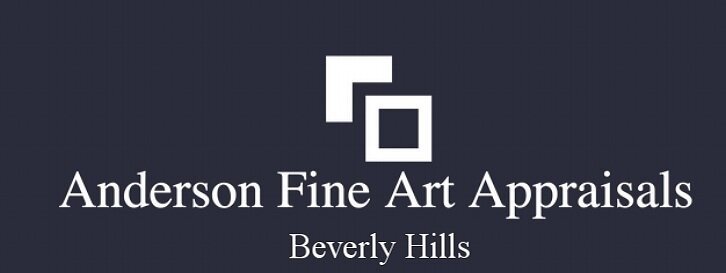Ralph Osman wrote this thorough and thoughtful essay on authenticity and appraisers several years ago. I’m pleased to share it again with our followers here.
Art appraisers are often asked to appraise art objects and antiques with no guarantee of the item’s authenticity. In some cases the owner of an object believes he knows what he owns, in other cases he hopes the appraiser can help identify the object. In a few rare cases, the owner may hope to have something appraised as authentic when in fact he knows it is a fake or forgery. Authentication, the process of accurately identifying on object, is important because of its potential impact on the value of the work of art being appraised.
When an art appraiser has reason to question the correct identity of something he is appraising, he often calls on an expert in the field to authenticate the object. By doing so, the appraiser is employing “due diligence” in valuing an object. “Due Diligence” usually translates into hard work, research, a bit of detective work, and ultimately it means honesty and therefore complete disclosure.
The appraiser’s responsibility in this process is to alert the client to the problem, provide advice regarding experts, record and interpret the information obtained from experts and other sources, and, finally, to determine the object’s probable market value.
The question of authenticity really hinges on “adequate identification” as stipulated by the Appraisal Standards Board of the Appraisal Foundation in Washington, D.C., which regulates the appraisal profession. One of the best means of establishing adequate identification is to have clearly documented provenance for the work of art. Provenance is a history of ownership for the piece, ideally from the time it left the artist’s studio to the time it entered the subject collection. Recording and interpreting the history of ownership, exhibition and past research done on a work of art is part of the appraiser’s responsibility in reaching a value conclusion. Appraisal is not guess work. It is the result of assembling hard facts and then interpreting them.
The quick answer to the question of whether an art appraiser is responsible for determining “authenticity” is a qualified “yes.” As a function of the requirement of “accurate identification” and of the legal principle of “due diligence,” along with professional ethics involving a “standard of care,” the appraiser must exercise reasonable care and produce substantial evidence to justify the value conclusion.
The best policy - for the appraiser as well as the client - is that of complete disclosure. One nationally prominent appraiser and a regular adviser and expert witness for the IRS, the U.S. Customs and major insurance companies says with regard to disclosure, “...tell them everything you know and tell them everything you don’t know.” Inevitably there will be situations when the authenticity of a piece will be disputable. In such cases the appraiser must use “due diligence” and completely disclose his procedures, keep accurate records, build a convincing case for his conclusion and hope he is right.
Many collectors wonder when and if they should have artwork authenticated. For older works of art, where the provenance is not entirely clear, and where the dollar value may be high, it is advisable to have an authentication on record. To achieve this, the best thing a collector can do is to engage the appraiser with the best credentials, the least potential conflict of interest and the best client referrals. Although art appraisers are not licensed, the best are certified and tested by several appraisal associations. Membership in such an organization, while it cannot guarantee an appraiser won’t make a mistake, does guarantee that the appraiser knows the proper procedures, has gone through peer review and adheres to strict ethical guidelines.

